Plantar Fasciitis: The Do’s & Don’ts
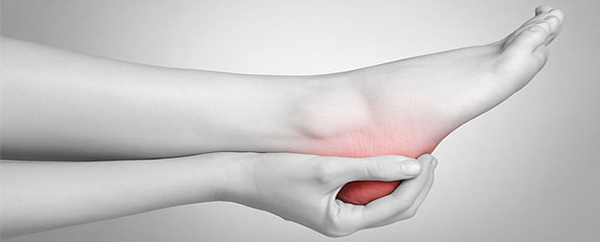
Of all the aches and pains suffered by runners, pain on the heel or sole of the foot is one of the most common – so common in fact that most sufferers find it simple to remember its Latin name: ‘Plantar Fasciitis’. What’s not so simple however is how to recover from it.
Plantar Fasciitis’ translates as ‘inflammation of the sole of the foot’. Were this name accurate, treating it could be far simpler; unfortunately, research suggests inflammation is not the main issue, which is probably why traditional methods of treatment with ice and anti-inflammatories do not always help. For this reason, modern texts prefer to rename the condition as Plantar Heel Pain (PHP), which makes sense as pain is typically felt on the inside of the heel as well as the sole of the foot.
Causes Of Plantar Heel Pain
Rather than inflammation, the main characteristic of PHP is thought to be degeneration of tissue due to overloading. Though the precise reason for this degeneration is not clearly understood yet, suggested causes include sudden increase in running volume, excessive standing during the day, being significantly overweight, or having limited dorsiflexion (illustrated by limited shin to ankle angle when you squat).
Treating Plantar Heel Pain
With the slight mystery that still surrounds PHP, the best strategy is to try a range of treatments to see which best helps you. It is also vital that activities that may be exacerbating the issue are avoided, at least initially until symptoms have started reducing. Ignoring the pain and trying to battle on through is not usually recommended with PHP as it tends to be easier to treat it in its early stages rather than wait until the pain has become unbearable.
What NOT to do:
• Excessive running or Jumping
Difficult though it may be, you will most probably need to initially either reduce your running or take a break, at least until symptoms have decreased. Running will become part of the rehab later, and this is an incredibly important part of the rehab process, but it can only start when symptoms have visibly reduced.
• Wear old, flat shoes or walk barefoot
Old or flat footwear can lead to an increased stress on the plantar fascia and cause pain, as can walking barefoot. A shoe with arch support may help alleviate symptoms but be careful as something too rigid may press into the arch and make things worse. The best thing to do is try on a few different pairs of cushioned shoes and see what feels most comfortable.
• Stand for excessive periods of time
Given that PHP has been linked to standing for excessive periods, you really need to avoid standing for long periods during the day. This can be extremely difficult for certain professions but in many cases can be the deciding factor as to whether your recover or not.
What TO do:
SYMPTOM REDUCTION STAGE
This first stage of PHP treatment is the most important. Before we start trying to strengthen tissues or reintroduce normal levels of running, we need to reduce system sensitivity, i.e. bring the pain down. There are many proposed ways of doing this; results can vary from runner to runner so the key is to find the intervention or combination of interventions that works best for you:
• Taping
Wearing tape specially applied by your sports therapist or physio can often help with short-term pain relief. The low-Dye method developed Dr. Ralph Dye uses traditional rigid tape but application of stretchy kinesiology tape to support the arch can also prove successful in alleviating pain.
• Gel Heel Pads
These heel shape pads can provide a fairly instant decrease in pain when inserted into your shoe.
• Orthoses (insoles)
As with gel pads, it is worth experimenting with orthoses as a temporary way to provide cushioning (make sure they are not too rigid). Off-the-shelf orthoses should be sufficient but do try on a few to see which feels best as the science behind them is far from exact.
STRENGTHENING STAGE
The second stage of recovery is the one that many runners fail to either do or do correctly, often because a therapist has not advised correctly. Once symptoms have calmed down, we need to start building tissue tolerance back up again to former levels, also known as STRENGTH training. No amount of rubbing, poking, rolling or sticking in needles is going to make tissues stronger. For this you need strength exercises. Modern studies treat PHP similar to rehabbing tendons: progressive loading over time. In the case of PHP, one of the best ways to relevant stimulate strength gains is the calf raise exercise.
Calf Raises
Going up on tip toe is one of the best ways to target the tissue that needs strengthening. However, for strength gains to occur you need to use enough weight to cause the tissues to reach failure point. Too many runners do the 10 repetitions they were advised and then stop, even though they could actually do 15 or 20. To stimulate strength gains you have to give your body a reason to get stronger; in other words, you keep doing those calf raises until you physically can do no more.
Rather than going to fifty reps (and stopping because of boredom) you are better off holding on to a dumbell of sufficient weight to stop you by say 10-12 repetitions. Performing the raises on one leg is obviously a great way to increase the demand and successfully reach failure. As far as pain goes, less than a 3/10 is fine, we may even expect some pain if you are pushing yourself enough. However, if pain exceeds 3/10 then you will need to reduce the weight or even check with a therapist if you are ready to be doing this exercise.
Is Stretching Advised?
Research does support stretching once symptoms have settled down. Forcing a stretch during the symptom reduction stage can irritate the plantar fascia and delay recovery. Studies particularly favour specific stretching of the plantar fascia, achieved by taking hold of the heel with one hand and pulling the big toe back with the other. You should feel a stretch in the inner arch of the foot. Hold for 30 seconds and repeat a few times a day. However, please do not join the thousands of runners who stretch religiously every day and forget the strength exercises. Remember, stretching will not restore strength to your tissues.
When Can I Return To Returning?
Once symptoms have started to get better, your therapist may suggest it is time to include running in your rehab. As after any period away from running, you need to make sure this return is slow and gradual. PHP has been associated with doing too much too soon so avoid repeating the same error. Temporary moments of mild pain can be normal in the early stages as your nervous system looks out for and makes sure you don’t overstep the mark. Modifying your pace or changing the surface you are running on may be enough to relax the nervous system. If the pain refuses to go away and starts to increase, then that is a sign that you may not be ready to run yet.
Have you ever struggled with plantar fasciitis? What were you told to do? Did it help? As always, we’d love to hear from you in the comments section below!
Related Posts
Five Best Ways For Runners To Warm Up
Want to know the five best ways for runners to warm up? What does the evidence say about Static stretching? How about Dynamic Stretching? What’s Dynamic Mobility? Prepare for surprises!
Hill Sprints for Novice Runners
For those relatively new to regular running, the notion of introducing maximal effort hill sprints is often met with concern over the possibility of over-training and encouraging injury. And yet, including one or two weekly hill sprint sessions into your training may well be safer than just knocking out long distances on flat ground.
Natural Equals Good – Logical Fallacy
A logical fallacy is something used in discussion / argument / marketing that sounds supportive but is actually based on a misassumption. For example, assuming something /someone must be good because it’s been around for many years is called an ‘appeal to antiquity’. They are worth recognising as soft tissue discussions are full of them.
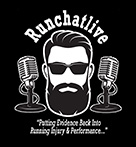
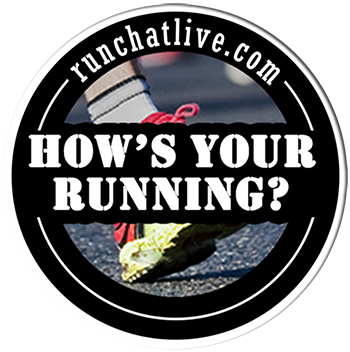
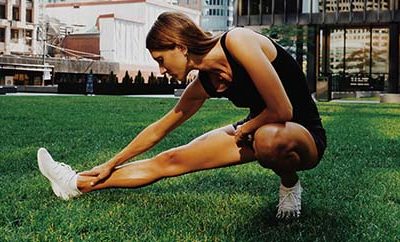
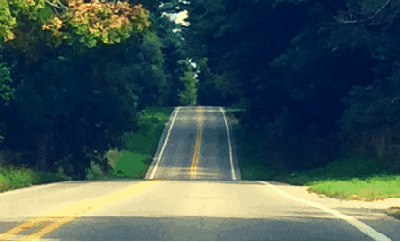

0 Comments